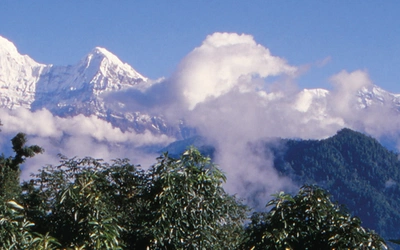
Article

The Himalayas offer the ultimate mountain trekking experience. The colossal mountains soaring into the stratosphere contrast with the desolate Tibetan plateau and the lush Nepalese valleys, stretching south towards India. Trekking in the Himalaya is a great experience; Everest, Annapurna, Bhutan and Ladakh provide contrasts of landscape, while the greatest experience of all is the friendship and warmth of the mountain people.
11 Books Available
6 Articles Available